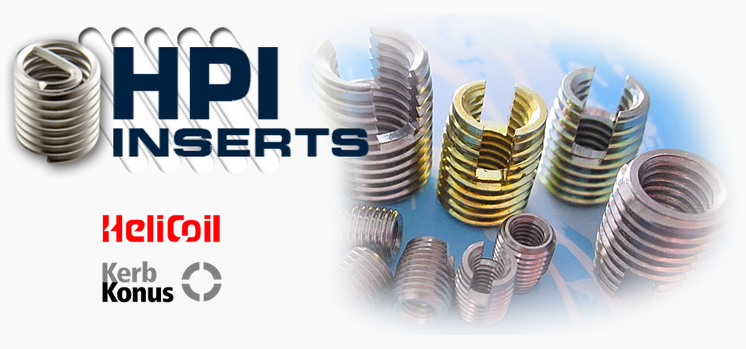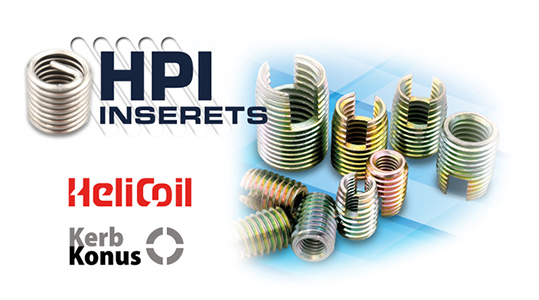Installation Guide
To achieve the correct installation results for self-clinching fasteners, please follow the 11 simple rules listed below:
DO:
1. Provide the properly sized mounting hole for each fastener.
2. Place fastener in hole on punched side of panel.
3. Be sure the fastener shank or pilot is squarely within the hole before pressure is applied.
4. Apply a squeezing force between parallel forces.
5. Use sufficient force to embed the clinching ring around its entire circumference.
DO NOT:
6. Do not install steel and stainless fasteners in aluminum before the panels have been anodized.
7. Do not deburr mounting holes, as the rough metal is used to help clinch the fastener into the sheet.
8. Do not install the fastener closer to the edge of the sheet than specified in the dimension table for the fastener is used.
9. Do not over squeeze, as this may flatten the fastener head, distort the head and buckle the panel.
10. Do not install fastener with a hammer below; doing so does not allow sufficient time for the sheet metal to flow into the clinching profile. A squeezing force is required for optimum performance.
11. Do not install the screw in the head side of the fastener, but from the opposite side, which directs the load towards the sheet.
NOTES:
1. All installation, pushout and torque-out force references are nominal, based on recommended installation specifications and procedures. Difference in mounting hole dimensions, sheet material and installation methods may alter this data Testing the performance if this product in application is suggested. Samples are available for this purpose upon request.
2. Dimensional and performance characteristics are subject to change without notice.
To achieve the correct installation results for sheet metal fasteners , please follow the 11 simple rules listed below:
Step 1–Select Appropriate Sizing
Size: The size of a screw is characterized by a proportional numeral from 0 to 24 that defines the head and shaft diameter, not the length. A size 8 screw is twice the shank diameter of a size 4 screw. To obtain the actual diameter, multiply the screw size by 13 and then add .060″.
Thread Count: Screws have a pitch that equates to the number of threads possible within one inch of screw length. By multiplying the length (with respect to 1 inch) by the thread count, the number of threads for the screw can be derived, indicating the adhesion capacity.
Length: The last number indicates the physical length of the screw. At least half the length of the screw must be embedded into the material being affixed together.
The numbers are always ordered size, thread count, length. In this way, the standard screw is defined as 8-32X1″. The size 8 screw has 32 threads per inch and is 1 inch long.
Step 2–Choosing the Correct Material
Sheet metal screws come in a few materials to best suit the environment where the project will be housed. Standard screws are the most economical but can discolor with rust or corrosion when exposed to moisture. Zinc-plated galvanized screws and stainless steel sheet metal screws are more expensive but stand up to the elements without deteriorating.
Step 3–Appropriate Head Style
The head style of the screw allows for the materials being affixed to be protected. Pan heads are raised above the surface. Oval heads provide a finished appearance. Flat head screws are best countersunk. Hex washers come with a neoprene washer designed for use with water. With all screw heads, over-tightening or over-driving the screws can strip the heads or mar the materials.
Step 3–Pilot Holes vs. Self-Tapping
Sheet metal screws can be either self-tapping or standard. Self-tapping screws come with a notched tip that acts as a drill bit to drive the screw and keep thin metal from denting. If these screws are being used, the screw can merely be fitted to the drill bit and driven. Standard screws will need to have a pilot hole drilled in order to prevent splitting within the materials being fixed together.
Step 4–Drilling
Always use protective eyewear to prevent metal shavings from penetrating the eye. Drill slowly and cautiously when driving sheet metal screws to prevent shavings and be sure the screw can adequately grab the materials. Before driving another screw, clear the drill bit of metal shavings.


